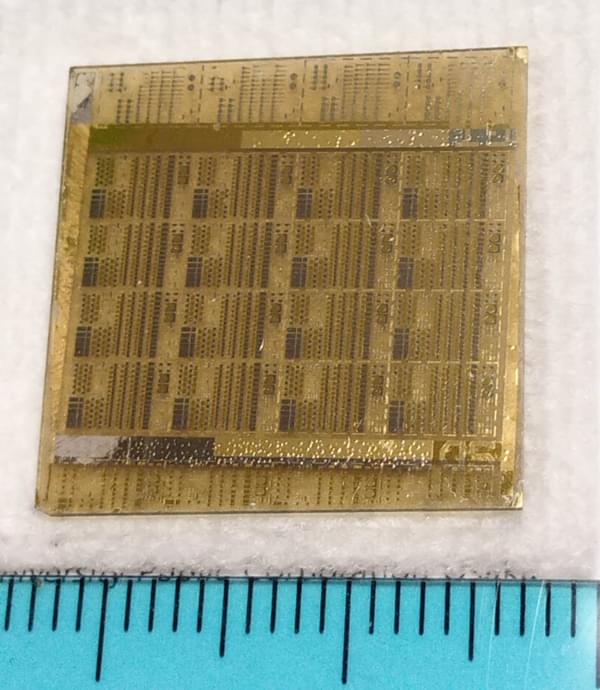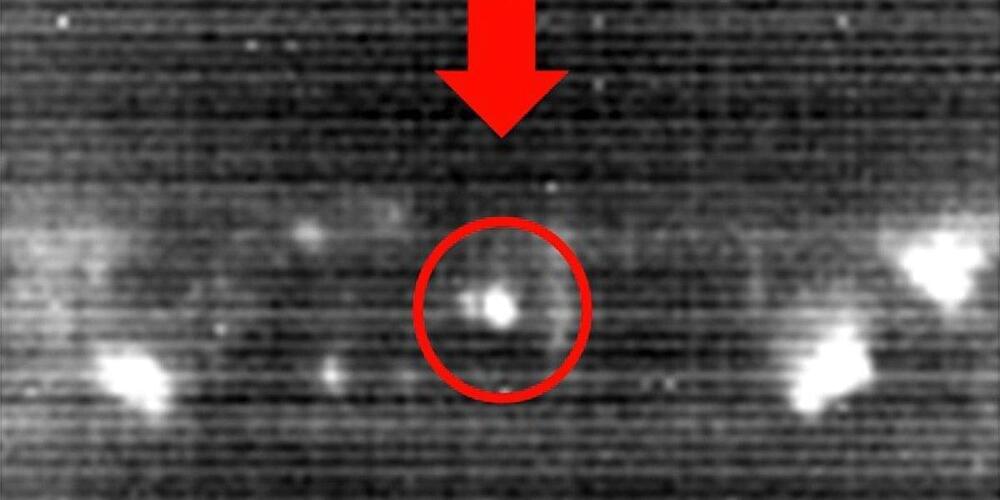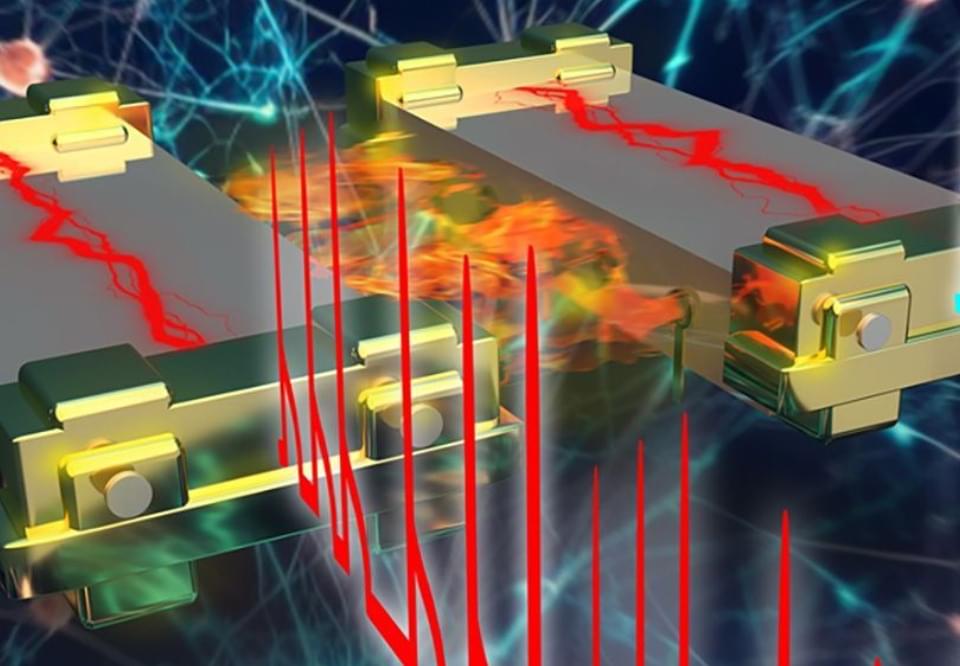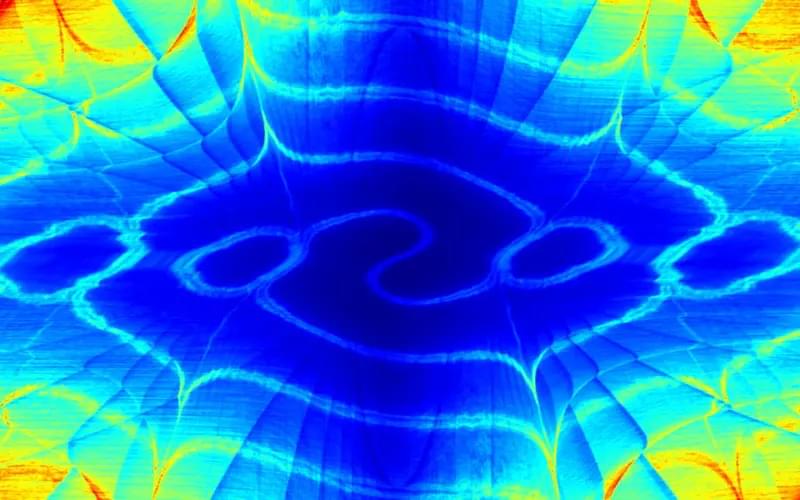
A research team at Osaka Metropolitan University has fabricated a gallium nitride (GaN) transistor using diamond, which of all natural materials has the highest thermal conductivity on earth, as a substrate, and they succeeded in increasing heat dissipation by more than 2X compared with conventional transistors. The transistor is expected to be useful not only in the fields of 5G communication base stations, weather radar, and satellite communications, but also in microwave heating and plasma processing.
Researchers at Osaka Metropolitan University are proving that diamonds are so much more than just a ‘girl’s best friend.’ Their groundbreaking research focuses on gallium nitride (GaN) transistors, which are high-power, high-frequency semiconductor devices used in mobile data and satellite communication systems.
With the increasing miniaturization of semiconductor devices, problems arise such as increases in power density and heat generation that can affect the performance, reliability, and lifetime of these devices.
















